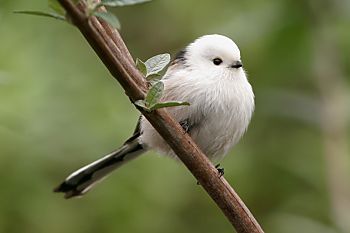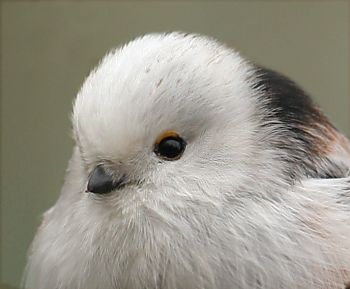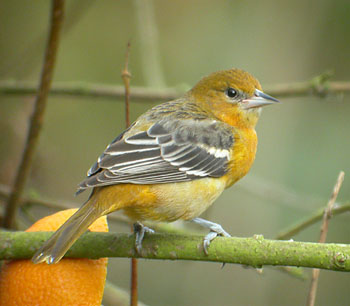Shelduck 2
Lapwing c.300 in nearby fields
Snipe 1 Ashdown
Black-headed Gull c.300
Common Gull c.250 mainly ad.w but a few
1st-w
Herring Gull c.25 mainly adults with
most close to fully acquiring s/p
Scandinavian Herring Gull 1 adult winter 12.30pm – 12.45pm
Whilst scrutinizing the regular large
flock of Gulls consisting of mainly Black-headed and Common Gulls but
intermingled with lesser numbers of Herring, Lesser and Greater Black-backed
Gulls we noticed a very large, dark-mantled Herring-type Gull with a strikingly
pale iris. We immediately suspected it was an argentatus Scandinavian Herring
Gull and set about comparing it with the other Herring Gulls alongside. It was
considerably larger and bulkier than any of the argenteus Herring Gulls (appearing only slightly smaller than some
of the Great Black-backed Gulls present) with its size, rendering it taller,
making it easy to follow as it walked amongst the flock including behind argenteus Herring Gulls. It was clearly
larger, heavier and longer-billed than the argenteus
Herring Gulls, its bill being yellow with a dull red spot on the lower mandible
at the gonys. Legs pink. Large-headed being heavily streaked brown being
particularly dark around the (strikingly pale) eye. The brown streaking became
heavy brown blotching on the lower nape and on the sides of the breast. The
large dark-streaked head combined with a thickset neck gave a Glaucous
Gull-like impression, but if anything, the contrast of the dark head with the
very pale iris, gave it an even fiercer and more evil look! In contrast, the
majority of the adult argenteus
Herring Gulls present had already acquired their summer-plumaged white heads
and although some retained some fine streaking. Overall, in comparison, the
largely white-headed argenteus looked
considerably rounder-headed and smaller-eyed giving a far cuter appearance.
Upperparts including the mantle, scapulars and coverts were a uniform dark-grey
with a deep bluish suffusion close to the colouration of the surrounding adult
Common Gulls. The upperparts were therefore noticeably darker than the argenteus Herring Gulls having the
typical pale-grey upperparts in comparison. The dark upperparts contrasted with
a broad white tertial crescent. An obvious tertial step was prominent.
Underparts and tail wholly white. Primaries extended beyond the tip of the tail
with P10 appearing largely white and large white tips to other longest
primaries. After c.15 minutes all the Gulls took flight, when at first we
followed the bird through our telescopes as it flew towards us, but was then
easy to locate in flight through binoculars appearing heavier than the
accompanying argenteus Herring Gulls
being noticeably barrel-chested and having a slightly stiffer-winged in flight,
reminiscent of a Glaucous Gull. In flight we concentrated on the wing-tip
pattern that revealed a reduced amount of black in comparison with the argenteus Herring Gulls. Whereas most of
the Gulls circled and landed the argentatus
flew-off strongly south until lost from view as it continued over the Tide
Mills.
Further research suggests that this
bird is likely to originate from the northern limits of the range of argentatus as those represent the
largest and darkest-mantled individuals of the clinal variation exhibited by
this subspecies. Furthermore, due to its large size, we suspect it was a male.
Lesser Black-backed Gull c.5
Great Black-backed Gull c.15
Skylark c.6 roadside
Stonechat 2 Ashdown
Coal
Tit 1 Burgess Hill














